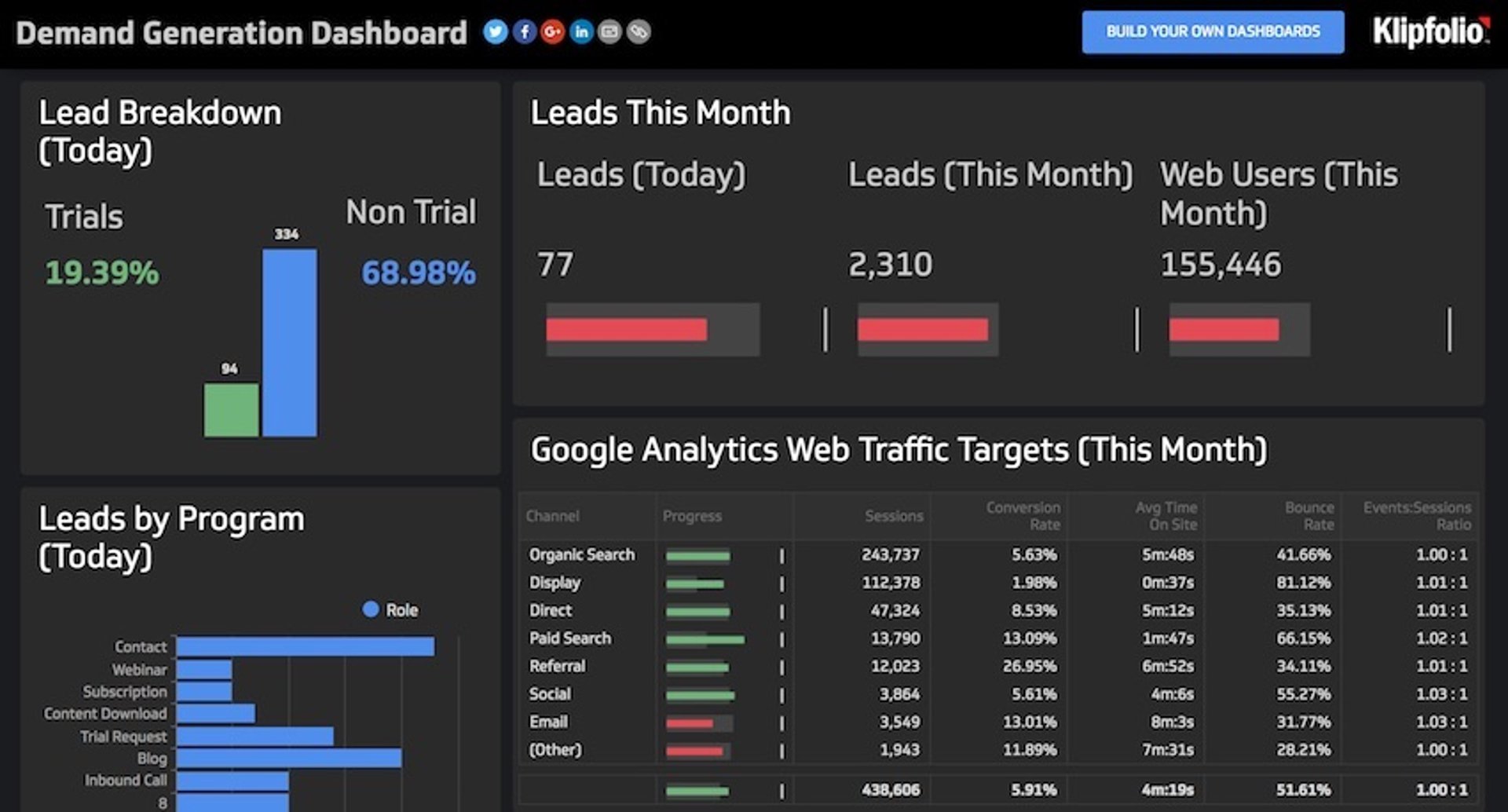What are the best inbound marketing KPIs?

Published 2023-09-05
Summary - Creating your own blend of inbound marketing KPIs means understanding how inbound KPIs can allow you to establish objectives and then drive towards those objectives.
Inbound marketing can feel like an elaborate recipe of chemistry, math, portfolio management and digital marketing chops.
There will never be a perfect blend of these ingredients, but your job is to cobble together a recipe best suited for the skills and dynamics of your particular team.
And, throughout this cobbling together, it's critical to heed these words from Mike Volpe:
“Don’t interrupt what your buyers want to consume—be what they want to consume.”
Making this work demands equal parts empathy and analytics. And it means occasionally stepping out of the daily pursuit of your inbound marketing KPIs so that you can cast your gaze into the future.
In other words, creating a great acquisition strategy for inbound marketing is like playing chess. Your pieces are on the board; how and when you move them matters.
KPIs help you plan your moves, to place the right piece at the right time. To beat the odds, even.
We all could benefit from being able to see three or even ten moves ahead. And that’s exactly what inbound marketing KPIs can allow you to do.
What are the best KPIs to measure the success of an inbound marketing strategy?
Let’s keep it simple. Here are some good inbound KPIs:
- Revenue
- Logo wins
- MRR
- CAC
- CPL
As you tinker with acquisition channels, more tactical KPIs emerge:
Content and SEO KPIs
- Organic unique visitors per month
- Number of ranked keywords
- Growth vs. Target
- Organic leads
- Organic wins
Social media KPIs
- Social unique visitors per month
- Share rate
- Followers vs. Target
- Sentiment
- Social leads
- Social wins
Paid KPIs
- Cost per win
- Cost per lead
- Cost per action
- Cost per click (CPC)
- Cost per 1000 impressions (CPM)
- Impressions
- Clicks
Website and UX KPIs
- Bounce rate
- Goal conversion rate
- Average time on site
- Pages per visit
- Actions completed
- Average load time
- Pagespeed
Marketing automation KPIs
- Opens
- Clicks
- Lead to win ratio
- MQL-SQL
- Conversion rate
That’s a lot of inbound marketing KPIs.
In my experience of scaling inbound marketing strategies, KPIs are always the guideposts you must follow.
There's no sense in taking the scenic route by trusting your gut. Inbound marketing is too competitive to pursue by intuition, especially because search and social media algorithms are continuously evolving. Monitoring KPIs allows us to be sensitive to these changes, to react, and even to plan for them rather than be bulldozed.
Put simply, KPIs are about establishing objectives and driving towards those objectives.
And because inbound marketing is complex, knowing what to invest in (and when) is critical. Do you lean towards advertising? Do your metrics support growth on paid channels?
The answer to your strategy is out there, but it lies in the execution.
KPIs guide decision-making so you can go on analytics autopilot and focus on results.
Inbound KPIs guide growth
As you invest in acquisition channels, think of them like managing a portfolio. A diversified portfolio sounds good, but in reality you need to pay the bills.
Start there. Figure out how to drive revenue by experimenting.
Measure what happens with every chess move you make so you can fail fast. Learn. Repeat. Improve.
Here’s one dashboard I depended on daily to do this circa 2015.

This year, based on a mix of failing fast and chess moves that have proven successful over the years, I'm now at work building my team's 2017 version.
Related Articles

Top 10 Marketing Dashboard Ideas for Tech Companies

17 KPIs Every Data-Driven Manager Needs to Lead Their Team
By Danielle Poleski — October 14th, 2025
7 ways to present KPIs that your management team will love
By Danielle Poleski — September 25th, 2025

